As part of BD’s Designing Tomorrow’s Housing campaign, James Soane explores how architects can reclaim relevance in the housing debate by rethinking the vernacular as a regenerative and ethical form of practice
“The shapes of houses, sometimes transmitted through a hundred generations, seem eternally valid.”
Bernard Rudofsky, Architecture without Architects
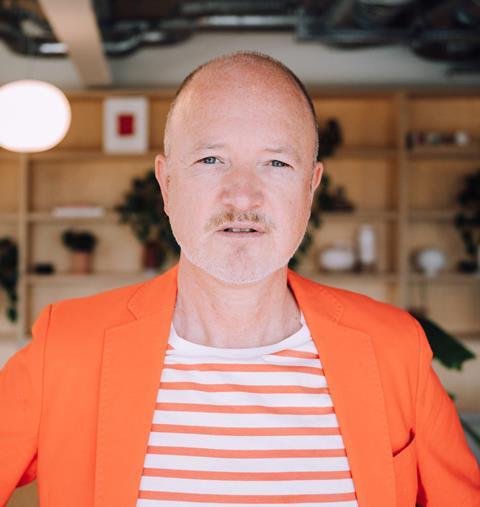
Architects are the worst people to ask about taste and beauty. Individually they may have impeccable style, but collectively the education of the architect has conditioned many to empathise with a narrow canon of Modernism segueing into Brutalism, but stopping at Post Modernism. In the well-worn, worn-out, argument that pitches classical architecture against modern, there is a whiff of righteous superiority claiming any design quoting the past is pastiche and bankrupt.
In his recent book The City of Today is a Dying Thing, Des Fitzgerald reminds us of Corbusier’s mantra that we must “break with the past”. He goes on to describe Downing College in Cambridge as the most grimly traditional and backwards-looking part of the UK’s most grimly traditional and backwards-looking city.
Of course, Poundbury gets a kicking and is described as “weird” and “full Las Vegas”, while King Charles is understood by many in the profession to be simply a kind of idiot dilettante. This reductivist and clichéd view is damaging, not least because it represents an obsession with a simple target. It also ignores the voices of those living in these places and their community.
Standing back, there needs to be a recognition that style-war arguments ignore that when it comes to housing, only 6% are designed by architects. And we know what the other 94% looks like. This is not to condone the design choices of the housebuilders, and by default buyers, but it is to say that the argument has been lost by the profession.
The final nail in the coffin is summarised by Reinier De Graaf, partner at OMA, as he proclaims, “Judgement of architecture is deferred to the market. The ‘architectural style’ of buildings no longer conveys an ideological choice but a commercial one.” Indeed, necrocapitalism has taught us to create ourselves through our consumer choices, and for many that choice has a historic hue.
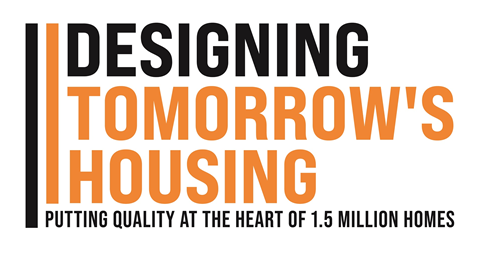
It seems society enjoys novelty and modernity until it comes to buildings, where the sense of home is tied to the notion of tradition. That said, a generic brick box in a field of tarmac is neither.
Any nuanced debate about aesthetic rules and preferences is literally blown out of the water when we start to consider the scale of change required to safeguard our planet, in a way that accommodates our civilisation. It creates a smokescreen to the existential question of how to respond to the climate crisis. Society needs to ask why we are still at war with each other and the natural systems that support life.
It could therefore be argued that the discussion needs to be about ethics rather than aesthetics. The ideology of modernity, concerned with the rejection of history and embracing the potential of a man-made utopia, has fed the catastrophe we find ourselves in today: a world choked with concrete construction, enmeshed with sprawling infrastructure and a broken ecosystem.
One way forward may be to look again at the long tradition of the vernacular, not simply as a style, but as an ecological response to place
Architects cannot ignore the distressing truth that our world has been created through the destruction of habitats and a tangle of interconnected dependencies we barely understand, resulting in the loss of so many habitats and species. This tipping point leads us to consider the notion of ‘after architecture’, where the focus of spatial production goes beyond the object building and into a cycle of nurture and repair.
One way forward may be to look again at the long tradition of the vernacular, not simply as a style, but as an ecological response to place. Linguistically, vernacular means the ordinary, informal, spoken form of language, while in architecture it tends to suggest buildings based on practical considerations and local traditions. Put like that it sounds as though it is a precursor to form-follows-function, which indeed it is, just without the baggage.
By reimagining the built environment as an extension of nature, rather than replacing it, we can start to think about buildings as productive landscapes harvesting energy, water and light, as well as becoming a habitat for more than humans. This requires a new paradigm of engagement with each other and the planet, which challenges the central thesis of modernism, its mastery and quest for perfection. Context is no longer an aesthetic issue but a societal, geographical and moral one.
In 1950, in preparation for the Festival of Britain, Jacquetta Hawkes wrote vividly about the connection between the excavated material beneath our feet, formed by violent geological heat, and the building blocks of our man-made environment. This creates a strong resonance between architecture, materiality and form that together contribute to a profound sense of place, as explored by the theorist Christian Norberg-Schulz in his book Genius Loci: Towards a Phenomenology of Architecture.
Architects can become physicians who treat the sick environment, operating a practice of care and repair
A deeper understanding of vernacular architecture could lead to environmentally responsible, locally sourced, regenerative buildings. Reintegration of urban fabric, community and nature will create a living ecology. Re-localisation can begin to counter homogenising globalisation.
Regeneration goes beyond doing less harm to a restorative mode that creates a circular economy. Looking ahead, buildings will become a collection of materials and invested energy that require careful management.
Architects can become physicians who treat the sick environment, operating a practice of care and repair. They will fight to rebalance our presence in the natural world, albeit one that is in freefall.
>> Also read: Designing Tomorrow’s Housing: Putting quality at the heart of 1.5 million homes
>> Also read: Designing Tomorrow’s Housing - meet the campaign’s advisory panel
Writing in Doppelganger, Naomi Klein suggests, “change requires collaboration and coalition, even (especially) uncomfortable coalition”. This challenges the idea of architectural practice as the work of a select few and points to the need for engagement in ecological conversations and research that create friction by pushing back against the orthodoxy of expansionism and corporate interests.
As we enter an unstable world, we will require tools, knowledge and discipline in order to participate in recalibrating the built environment. The past is not such a bad starting point.
The housing brief: embedding design in national delivery

Housing is an undeniable priority for the UK with renewed government focus putting it at the top of the agenda - but he big question is how do we ensure quality while driving for quantity?
Building Design’s new campaign Designing Tomorrow’s Housing will investigate how the delivery of 1.5 million new homes can be reconciled with maintaining high design standards.
Rather than simply reporting on figures and planning reforms, this campaign will delve into the challenges and opportunities of integrating exceptional design, robust planning standards, and sustainable placemaking into the mass housebuilding process.
We know that design and housing professionals come up against these issues in their everyday working lives, which is why we want to hear from you - our readers - about your experiences.
Postscript
Further reading: Contemporary Vernacular Design by Clare Nash. RIBA publishing.
James Soane is co-director of Project Orange and was a founding director of the London School of Architecture. He is also a member of the advisory panel for Building Design’s Designing Tomorrow’s Housing campaign.


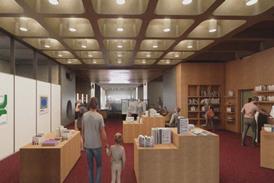
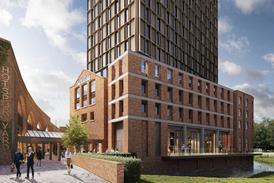
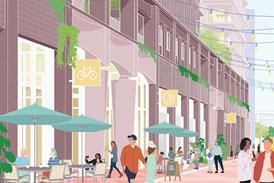
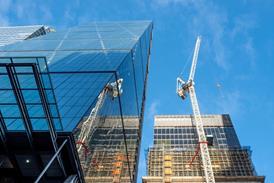
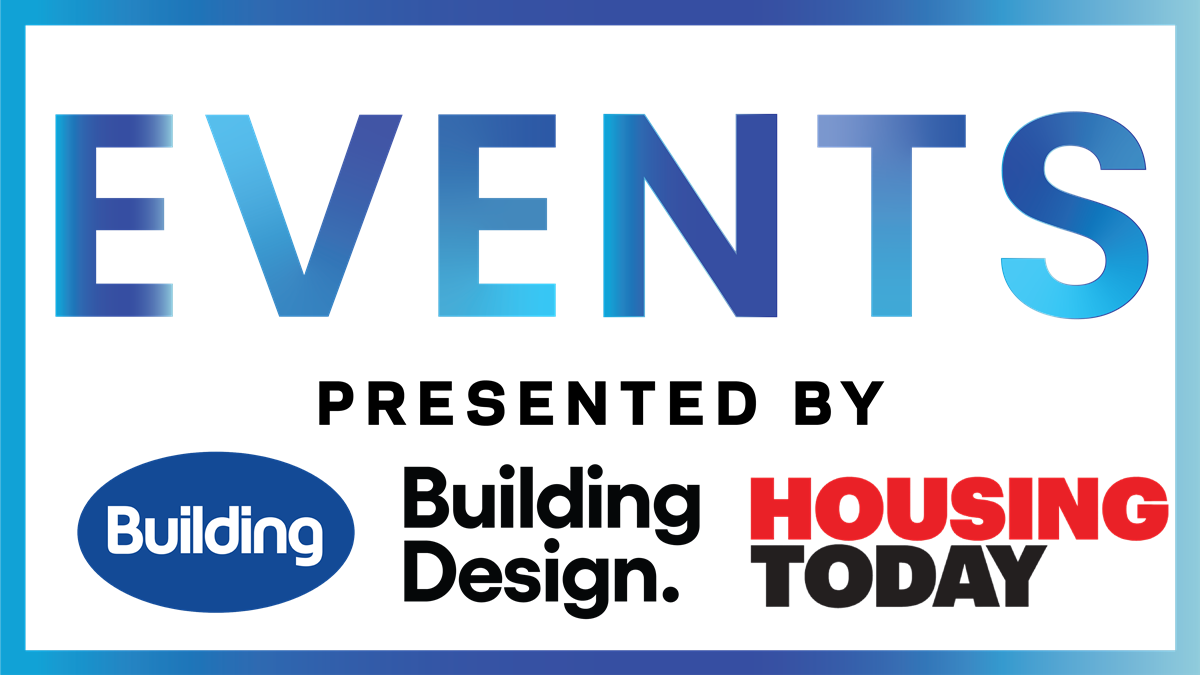
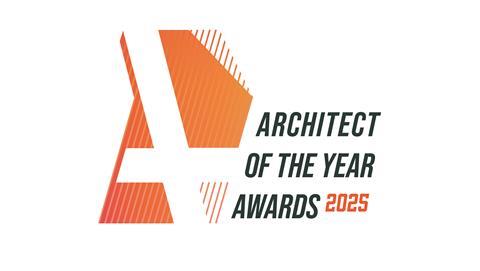
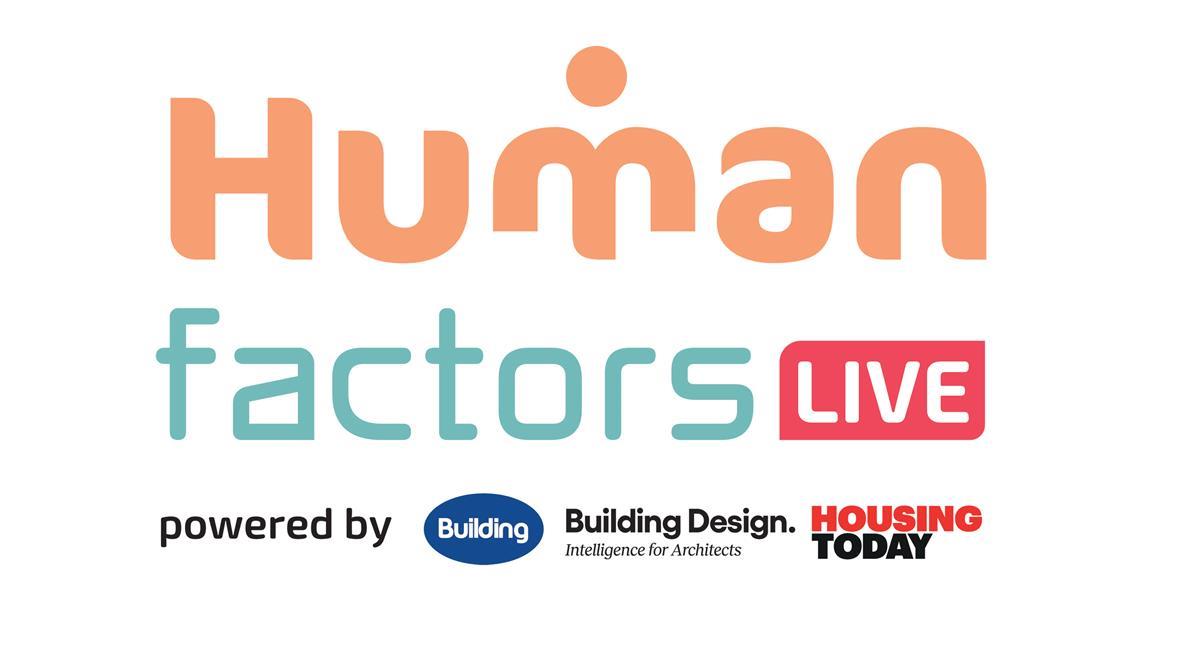







6 Readers' comments